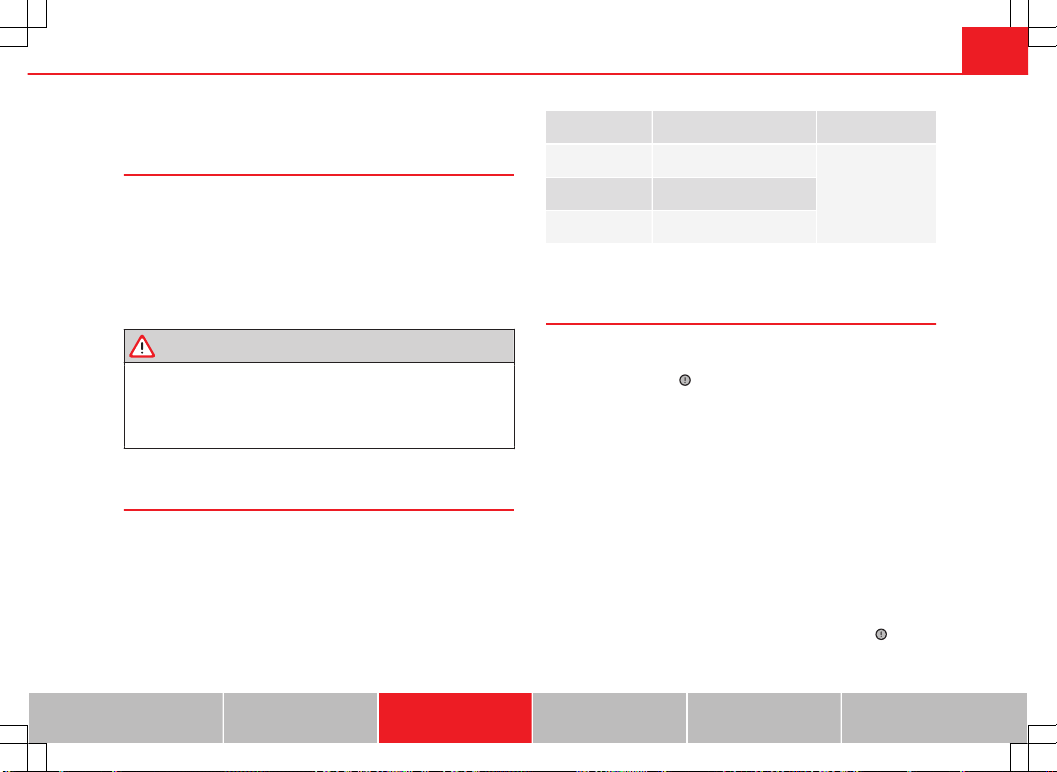Loading ...
Loading ...
Loading ...

177At the filling station
Fuel
Introduction
You will find a factory-fitted sticker containing information on the type of
fuel for your vehicle on the inside of the fuel tank flap.
Additional information and warnings:
● ⇒ Booklet Maintenance Programme
● Refuelling ⇒ page 171
● Electronic power control and exhaust gases purification system
⇒ page 236
WARNING
Refuelling or handling fuel carelessly can cause an explosion or fire re-
sulting in serious burns and injuries.
● Fuel is a highly explosive, easily flammable substance.
● Observe current safety instructions and local regulations concerning
the handling of fuel.
Types of fuel
The type of fuel to use when refilling will depend on the vehicle's engine.
You will find a factory-fitted sticker containing information on the type of
fuel for your vehicle on the inside of the fuel tank flap.
SEAT recommends the use of sulphur-free or low sulphur fuel to reduce con-
sumption and prevent engine damage.
Possible types of
fuel
Alternative names Further information
91
a)
RON Normal petrol, normal unlea-
ded petrol
⇒ page 177
95
a)
RON Premium unleaded petrol (95
RON)
98
a)
RON Premium unleaded petrol (98
RON)
a)
RON = Regulation Octane Number
Petrol
Petrol types
Vehicles with petrol engines must refuel using unleaded petrol according to
European norm EN 228 ⇒
.
Petrol types are categorised according to their octane number (e.g. 91, 95,
98 or 99 RON (RON = “Research Octane Number”). You may use petrol with
a high octane number than the one recommended for your engine. Howev-
er, this has no advantage in terms of fuel consumption and engine power.
SEAT recommends refuelling with a low sulphur content or sulphur-free fuel
to reduce fuel consumption for petrol engines.
Petrol additives
The quality of the fuel influences running behaviour, performance and serv-
ice life of the engine. Therefore, it is recommended to refuel with good qual-
ity petrol containing the corresponding petrol additives. These additives will
help to prevent corrosion, keep the fuel system clean and prevent deposits
from building up in the engine.
If good quality petrol with additives are not available or engine problems
arise, the necessary additives must be added when refuelling ⇒
.
Vehicle diagram Prior to a journey... While driving Care, cleaning and mainte-
nance
If and when Technical Data
Loading ...
Loading ...
Loading ...